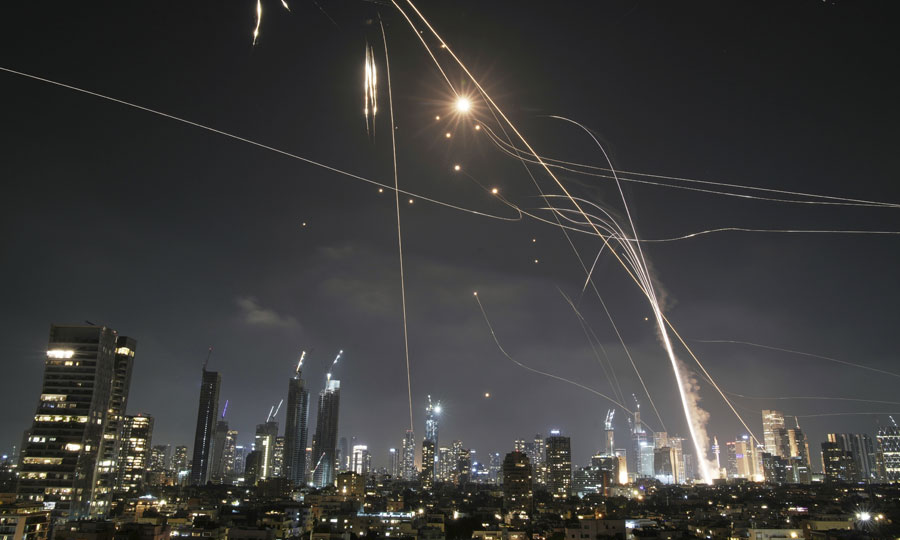
Yiannis Ioannou
When Israel and Iran exchanged direct missile fire for the first time in decades in April 2024, ending years of proxy confrontations, residents in Cyprus could actually witness some of the interceptions from the sky. Footage and posts quickly spread across social media, showing what appeared to be missiles streaking across the night, sparking widespread concern: Could any of those rockets end up falling on Cyprus?
These fears weren’t without precedent. Back in 2019, a stray Russian-made S-200 missile fired by Syria’s air defense landed in the Pentadaktylos mountains, having flown over parts of Nicosia. It caused no injuries but served as a stark reminder that missile misfires in the region aren’t just theoretical.
So when Iran fired a fresh barrage of missiles at Israeli cities like Tel Aviv and Haifa in the latest round of hostilities, concerns flared up again in Cyprus, even though the intensity and trajectory of this exchange differed from what happened in 2024.
What’s actually happening

Social media pages, including weather-focused communities, were flooded last weekend with images and speculation about mysterious lights in the sky. These posts were often laced with exaggeration, conspiracy theories, or outright disinformation, fueling unnecessary panic. But the real risk of a missile randomly landing in Cyprus is extremely low.
From a probability standpoint, a ballistic missile fired from Iran would almost certainly not land in Cyprus unless it was specifically targeted, and there’s no evidence that it is. Even though the British bases on the island have been mentioned in geopolitical discussions since the October 7, 2023, outbreak of war in the Middle East, a direct hit on Cyprus remains an unlikely scenario.
The 2019 S-200 incident was very different: Syria is much closer to Cyprus (about 274 nautical miles, or 508 km), and that missile had been chasing an Israeli fighter jet. The jet used electronic warfare to throw off the missile’s path, sending it off course and eventually crashing into Cypriot territory. That kind of "stray" missile, still rare, doesn’t compare to the long-range ballistic missiles now being used.
These missiles travel through space
Iran has been targeting Israel with medium- and long-range ballistic missiles, weapons that date back to post-WWII technological designs. Despite advancements, these missiles still follow the same three-phase flight pattern: launch, mid-course (which takes them briefly outside Earth's atmosphere), and terminal descent toward the target.
For context, commercial airplanes like an Airbus cruise tens of thousands of feet below the altitude reached by these ballistic weapons. That’s why passengers aboard airliners have occasionally captured viral videos of these missiles or their interceptions from above the clouds.
Why we can see them from Cyprus
The glowing streaks visible from parts of Cyprus, especially areas west of Nicosia, are typically the result of Israel intercepting Iranian ballistic missiles in space. Israel’s sophisticated missile defense systems are capable of striking down incoming threats before they re-enter Earth’s atmosphere.
In their terminal phase, Iranian missiles can reach supersonic speeds (between Mach 1 and Mach 5, or even higher). This makes them hard to intercept, and in some cases, Israeli systems have been breached, though not often.
But thanks to the Earth’s curvature, yes, it’s round, not flat, residents in Cyprus are sometimes able to see these high-altitude interceptions. When a missile is destroyed in mid-air, the explosion and resulting debris can be visible from hundreds of kilometers away, depending on the altitude and conditions.
So while the spectacle in the sky may look like something out of a sci-fi movie, the chances of a missile accidentally hitting Cyprus remain extremely low, and the visible lights are more a reflection of high-tech warfare than a direct threat to the island.
*This article was translated from its Greek original
































